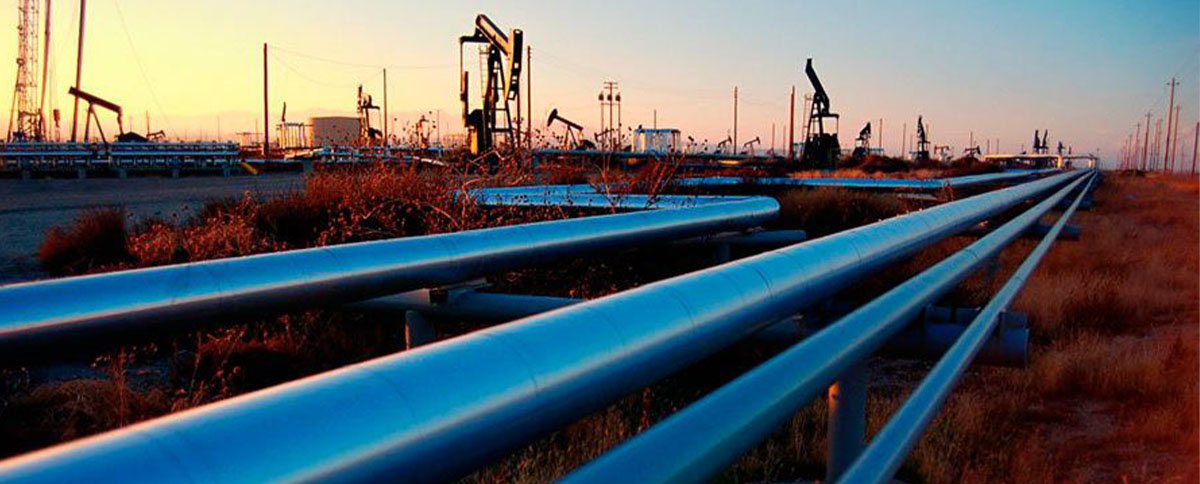Among the "vehicles" that are needed to move a certain material, one of the most common are pipelines. The pipeline provides low-cost and continuous transportation of gases and liquids. Today, there are many types of pipelines. Designs vary in scale, diameter, pressure, and working temperature.
The main, utility-network, technological, ship (machine) pipelines differ in scale. Let's take a closer look at the purpose and categories of mainline and technological pipelines.

Trunk pipelines. Appointment and category
Trunk pipelines are such a complex technical structure, which consists of a multi-kilometer pipeline fila, gas or oil pumping stations, crossings over rivers or roads. Trunk pipelines transport oil and petroleum products, liquefied hydrocarbon gas, fuel gas, start-up gas, etc.
All main pipes are made only by welding technology. That is, on the surface of any main pipe you can see either a spiral or a straight seam. As a material for the manufacture of such pipes, steel is used, as it is an economical, durable, well-cooked and reliable material. In addition, it can be "classic" structural steel with nominated mechanical properties, low-carbon steel or carbonic to become of ordinary quality.
Classification of mainline pipelines
Depending on the working pressure in the pipeline, the main gas pipelines are divided into two classes:
I - at working pressures of more than 2.5 to 10.0 MPA (over 25 to 100 kgs/cm2) included;
II - at working pressures of more than 1.2 to 2.5 MP (over 12 to 25 kgs/cm2) included.
Depending on the diameter of the pipeline is allocated to four classes, mm:
I - with a conventional diameter of more than 1000 to 1200 included;
II - the same, over 500 to 1000 included;
III is the same.
IV - 300 or less.
Technological pipelines. Appointment and category
Technological pipelines are devices for supplying fuel, water, raw materials, semi-finished products and various products that are used in production in an industrial plant. Such pipelines transport spent raw materials and various wastes.
The classification of technological pipelines takes place on such characteristics as:
Location: inter-purpose, intra-branch.
The method of laying: above-ground, ground, underground.
Internal pressure: pressure-free (self-ute), vacuum, low pressure, medium pressure, high pressure.
Temperature of the transportable substance: cryogenic, cold, normal, warm, hot, overheated.
Aggressiveness of the transportable substance: non-aggressive, weak-aggressive (small-aggressive), medium-aggressive, aggressive.
Transportable substance: steam pipelines, water pipelines, pipelines, gas pipelines, oxygen pipelines, oil pipelines, acetyleno wires, oil pipelines, gas pipelines, acid pipelines, alkaline pipelines, ammonia pipelines, etc.
Material: steel, steel with internal or external coating, from non-ferrous metals, cast iron, from non-metallic materials.
Connection: inseparable, connector.
Post time: Sep-01-2022
